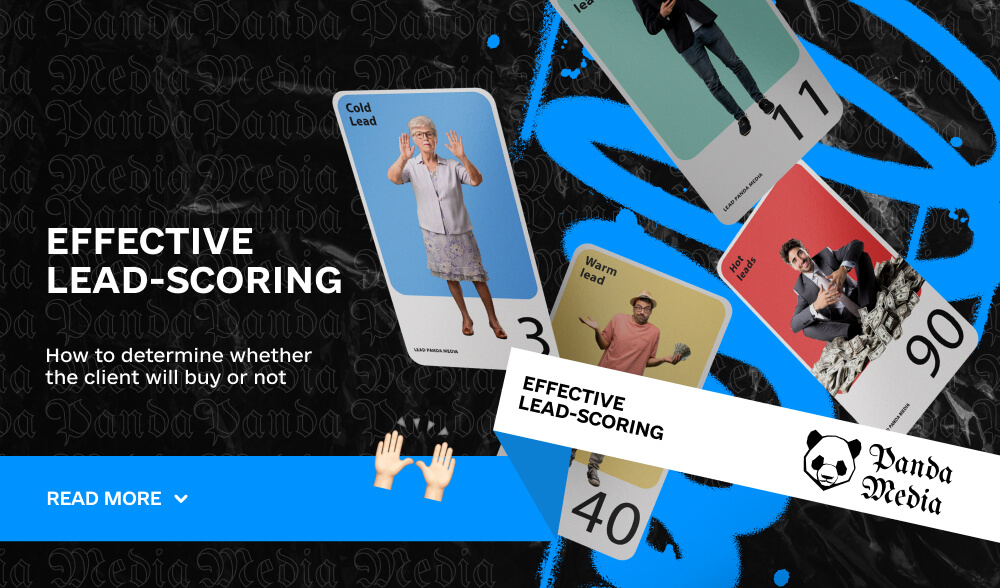Don't miss interesting news

Effective lead scoring. Or how to determine whether a client will buy or not.

The term lead scoring is derived from the English lead and scoring. Lead scoring allows you to divide potential customers into segments, for example, hot and cold. For salespeople, scoring helps to understand what kind of lead behavior is purchasing and who to pay maximum attention to.
For reference: This technology was first used in the United States. The term was introduced by IBM when it received more than 4000 applications per day. To process all these applications, the company had to hire a huge number of qualified managers who divided clients by criteria.
By the way, the banking sector uses the same system to assess borrowers in terms of solvency: they give points for certain indicators to understand whether to give a loan.
You would not want to waste your time on people who are unlikely to buy your product or service. A certain classification will help you find potential customers and avoid those who are always “on the fence” about buying.
The most important value of lead qualification is to increase your closing rate. This, in turn, leads to increased revenue. And this is the main goal of the business.
It happens that a manager works hard, but it doesn’t bring in income. Scoring will help to find out whether he is a bad specialist or if potential clients are unpromising.
Before evaluating potential leads, you need to learn about their personality as a buyer, and better understand their intentions, desires, and needs. Customers will like an individual approach. This can increase your profits by at least 15%.
The division by criteria allows you to work with targeted leads, not all at once. Leads gain points, and then, depending on how many points they have, the appropriate action is taken. “Cold” customers receive emails, “warm” customers receive SMS and PUSH notifications, and “hot” customers are called by managers.


To avoid scoring leads manually, you can use automated platforms. For example, Altcraft Platform, AmoCRM, Getrespons, and others.
The way these platforms work may differ, but in general, it looks like this:
The number and types of criteria that can be customized in each platform may differ, as well as other functionality. Which platform to choose depends on the company’s goals.
What do you think of the idea of lead scoring? Have you tried this approach?